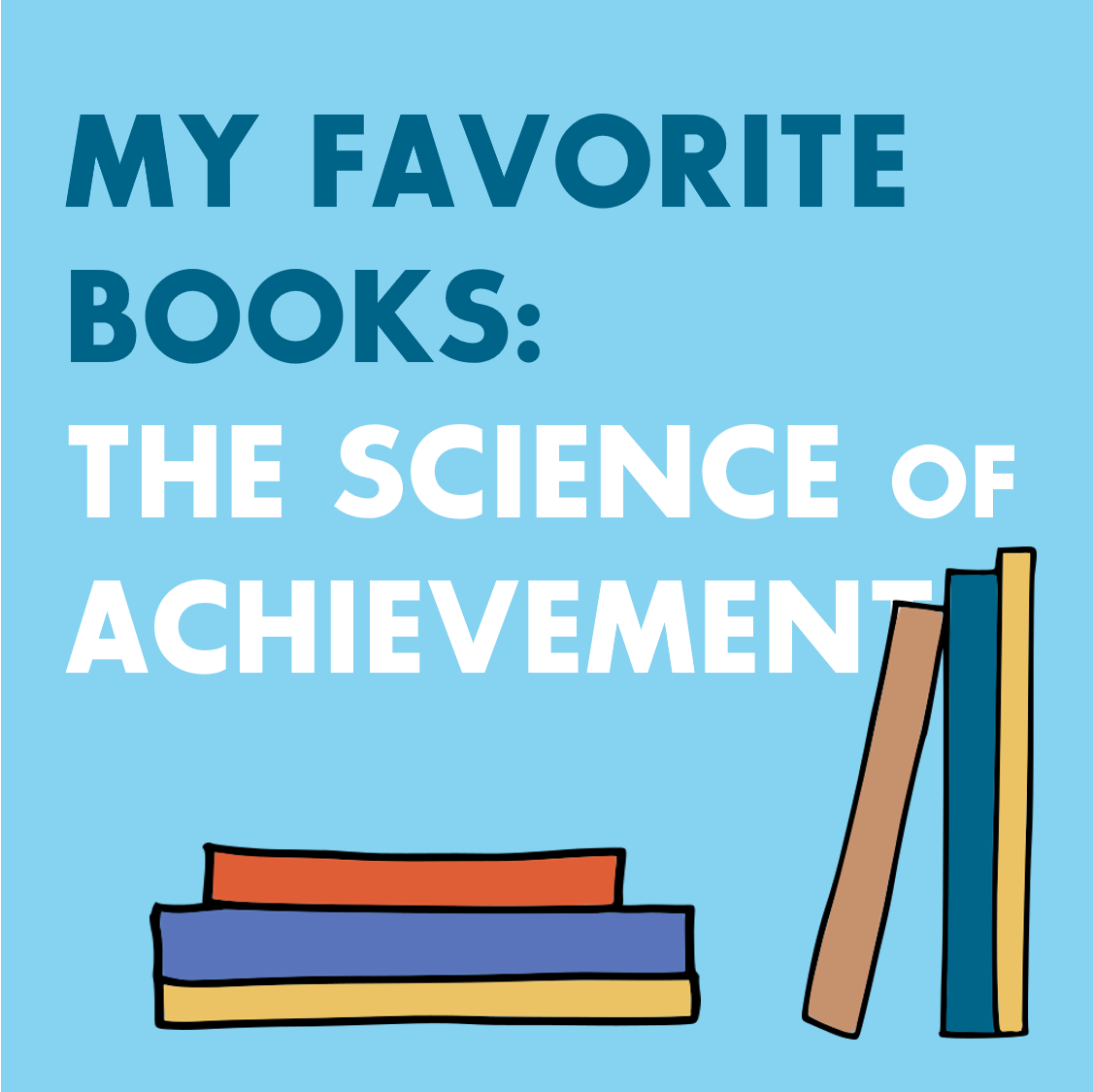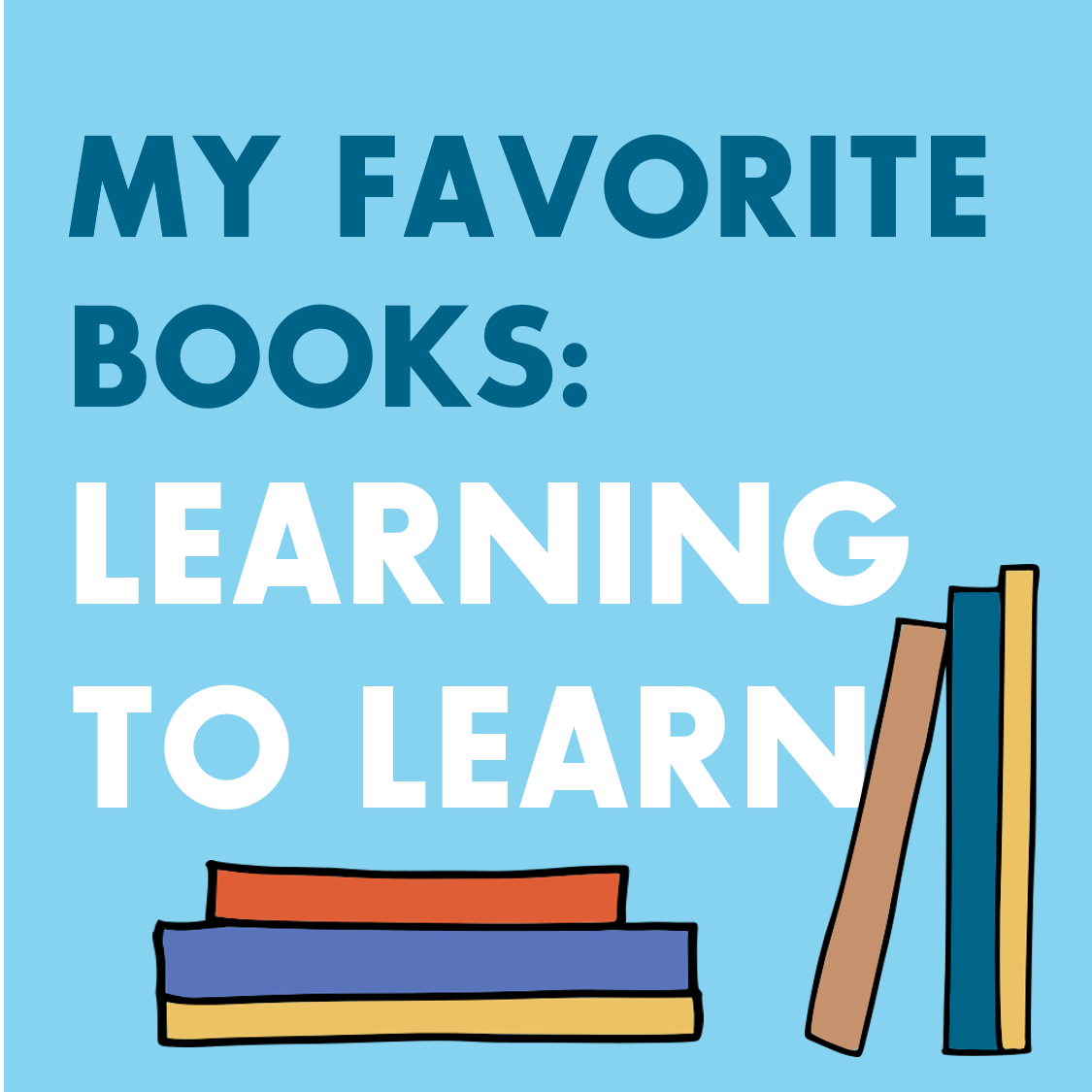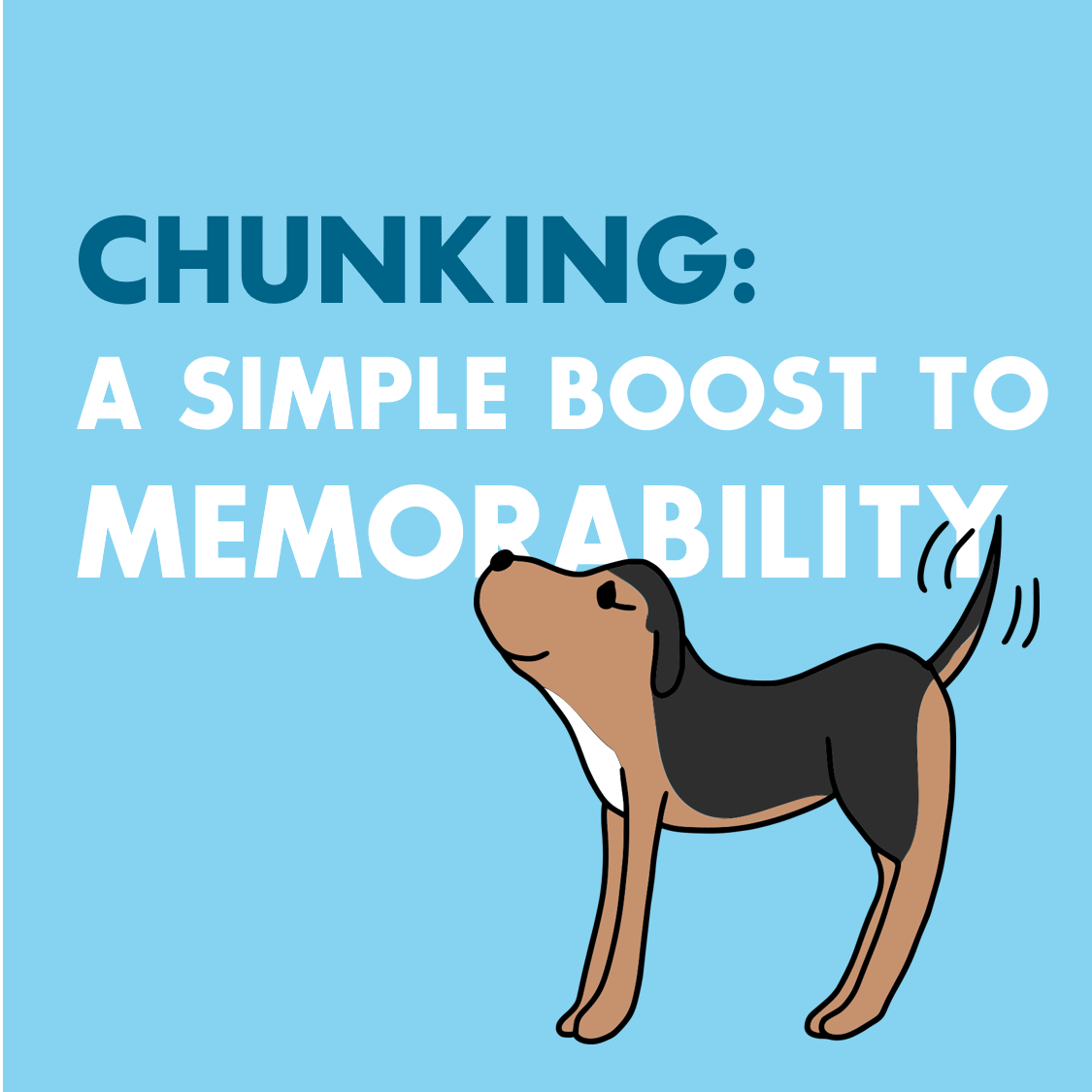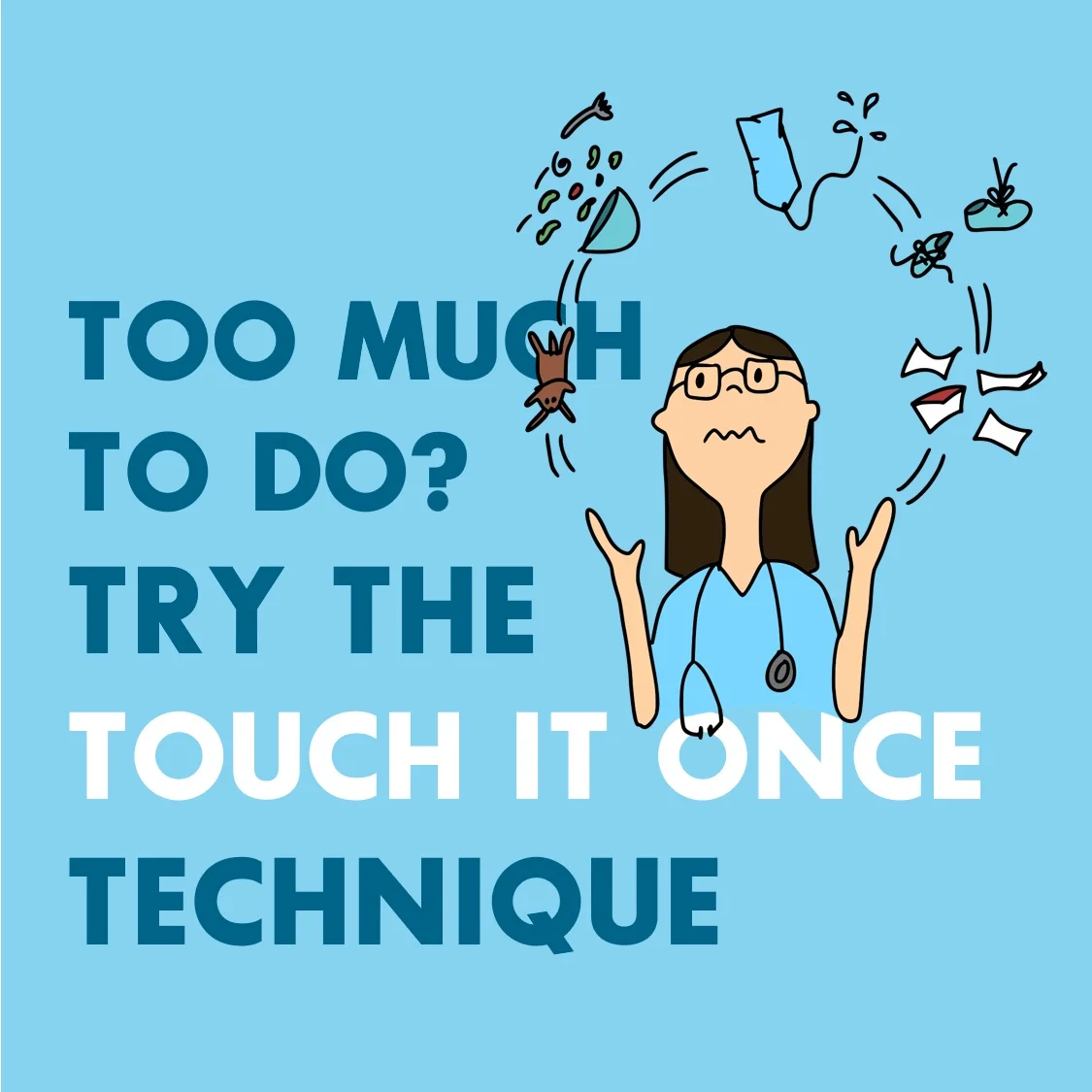Study Habits
Retrieving memories isn’t like checking out DVDs at Blockbuster (RIP). Each time you remember something you’re constructing a memory representation and relearning that information. Here’s why that means our learning strategies have to evolve with our career goals, from running Qbanks to studying with Human Dx.
No matter your field or stage of learning, you'll likely need to learn complex algorithms. When you can't afford to miss things, "just understanding" isn't enough. Here's how Alex memorizes a differential diagnosis schema from the podcast Clinical Problem Solvers.
It's almost impossible to believe it’s been over a year since Cathy and I started the seemingly never-ending process of residency interviewing. Here are three evidence-based learning strategies I applied which made the interviewing ordeal a smidge more tolerable.
As residents, we now rarely have uninterrupted chunks of personal time to focus on learning, much less utilize the pomodoro method. Trying to recapture hidden time throughout the day means studying while waiting for coffee or waiting to pick up the car from the body shop. This new reality got Cathy thinking about the hidden benefits of studying away from her desk—and one classic research study that has always stuck with her.
Cramming can actually leave learners feeling more satisfied. In fact, those who space out their learning often report feeling that their learning is inferior to cramming—even when they’re presented with their own objective gains in long-term retention.
One reason cramming feels good is that it requires very little planning. Most of the time, we’re faced with several different courses, all competing for our precious study time and with their own exam schedules. With the rapid march of each upcoming exam, it’s easier to just focus on what’s next. But you might have more time than you think.
Most “professional” students will at some point find themselves in situations where the amount of material they need to learn far exceeds the amount of time they need to prove mastery. In this mini series, we will explore a couple of the factors at play, and how to tip the scales in favor of durable knowledge and the most efficient (and fun!) ways to achieve it.
High achievers are made, not born. Here are three of Alex’s favorite books that have led to real changes in how we think about success.
In researching evidence-based learning, we’ve encountered an avalanche of books, papers, blogs, and podcasts about learning how to learn effectively. It can seem overwhelming at times. A great place to begin is by picking a book and reading it cover to cover. Here are Alex’s favorites.
Memory palaces nudge users into the practice of chunking, which is breaking down a larger pile of information into memorable groups so that it’s easier to remember. Here’s why that matters.
A time management trick from an upper-level resident motivated me to try a new method for creating Anki cards while on the wards.
Are you someone who always remembers where on the page you wrote something? A simple note-taking method can harness that instinct to jumpstart your recall of new information.
I wrote last week about the Pomodoro Technique and its potential for fostering productive work. In the eight years I’ve applied the method, its focus-break-focus-break-etc prescription has worked wonders. Despite my best efforts, however, at times I still catch my mind wandering. The question becomes: How can I get the most out of my pomos? I discuss several strategies I’ve incorporated which help me keep distractions to a minimum.
Retrieval practice, spacing, the memory palace, and other evidence-based learning strategies will help you achieve your learning goals. However, without a schedule for implementing them in a focused way, you may find your efforts futile. In our age of distractions and socially acceptable multitasking, cutting through the chatter to focus is paramount. Enter the Pomodoro Technique.
Prone to a messy palace? Hop on the bandwagon and use Mari Kondo's method to keep a tidy space.
We’ve received a few messages recently from people who are starting a professional school this year. While we love the memory palace technique, there can be a significant barrier to use, especially if you're about to enter a high-stakes learning environment. Here's an easy one-month ramp up to mastering the palace technique before you start a new learning adventure.
Should special memory palaces (like your home) be reserved for more important topics? Alex shares his approach to palace allocation.
Do you prefer to work in silence? With music? The jury's still out on the benefits of white noise, but we've got our own preferences. Cathy shares her thoughts from a coffee shop.
Alex discusses a recent New York Times article highlighting research on drawing pictures as a memory aid. Recent studies have uncovered that the technique can be surprisingly powerful. But why does it work? And can drawing pictures be sustainably implemented to improve learning?
Ever wondered how best to apply memory techniques in the clinical setting? Should I use memory palaces for patient interviews? For presentations? How might practicing physicians make use of memory techniques? In the video below, we give an overview of how we think memory techniques are best applied in clinical practice.
By discouraging memorization and drilling, we’ve been implicitly taught that conceptual understanding of a topic is equivalent to learning. A student who memorizes is, therefore, a subpar learner. But without internalization of surface concepts—acquired through surface techniques such as memorization and drilling—deeper ones will continue to evade the learner.
We’re big fans of high-intensity interval training or HIIT. Effortful retrieval is actually a well-studied learning technique that can help you "HIIT" your studying.
A short seminar we recently gave to the first year class at our medical school. It covers some science-backed tips we think every learner should know.
Interleaved practice is great for keeping things interesting and making sure you can do a quick mental jump to the relevant locus. Research has shown that training this way can improve learners' problem solving abilities.
You might consider making an active effort to erase "ghost images"--images on loci you want to reuse. I never actively clean palaces, whether for memory sports or learning projects. Here's why.
In the case of equations, true understanding should be achievable, so memory techniques should generally take a backseat. That said, I do use memory techniques for specific pieces of equations I find difficult to remember. Here's how.
Standalone mnemonics are also a relatively simpler yet still effective way for, say, an absolute beginner to pick up new foreign language vocab. When it comes to carefully learning structured material, however, I’ve found there to be three main arguments in favor of palaces.
Here's a question I've gotten a lot recently, in some form or another: How clear should my visualizations be? The visuals themselves aren't that important. Here's why.
Back to basics for this week's Question of the Week: What are applications of memory techniques? Why should I learn to use them?
My Anki is broken into three parent decks: Medicine, Languages, and Memory Sports, each with a few subdecks (e.g. Pathology, Chinese). Here's what my day-to-day home for spaced repetition looks like.
![Memory Tips for Medical Students (Live Seminar) [Video]](https://images.squarespace-cdn.com/content/v1/54b499a9e4b01c9a017551f6/1519335119300-05ESJL03IZUAAHL7VVA8/ThumbnailSquare.png)






















![How Should Medical Students Use Memory Techniques in the Clinical Setting? [Video]](https://images.squarespace-cdn.com/content/v1/54b499a9e4b01c9a017551f6/1537754127379-FNOOMZJ95G7ZXAGO1VXT/thumbnail_square.png)







